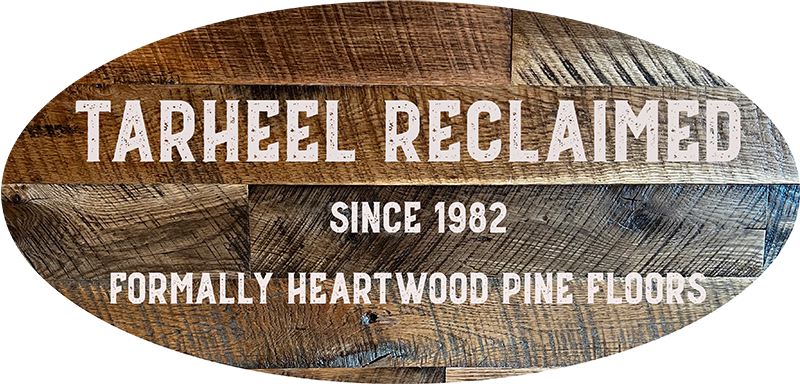Reclaimed stair treads, East Coast States have gained momentum as property owners strive to establish unique interiors in a manner that exhibits environmental awareness and at the same time have the ability to withstand the test of time in regard to aesthetic values. The movement is not, however, merely about design aesthetic it is about the determination to display history and make beautiful, practical spaces in the process.
Historical Connection and Cultural Significance
The East Coast states are places with a rich architectural heritage and are centuries old, with the colonial construction to the era of industry. Used stair treads usually pull their sources out of these old buildings, bringing with them the history and the wickets of the past generation.
When the old barns, mills, factories, and homes financially are either demolished or refurbished, the wooden parts there of are given a second life when used as architectural designs in modern households. The grain, the weathering and the organic patina building up over decades or centuries would make each individual piece of reclaimed wood a story on its own.
Environmental Motivation to Adoption
There is a strong connection between sustainability issues and increasing popularity of reclaimed stair treads. The highest level of environmental awareness among the citizens of the East Coast has been achieved so far, and people tend to find more and more methods to minimize ecological impact, using conscious design decisions.
The use of reclaimed wood would mean that precious timber is not sent into landfills and that fewer new lumber must be cut down. Recycled stairs treads, East coast states, avoid most of this environmental cost as the wood has already been treated and seasoned out through years of service.
Superior Quality and Durability Characteristics
Reclaimed stair treads often exhibit superior quality compared to newly manufactured alternatives. Older-growth timber, commonly found in reclaimed materials, typically displays tighter grain patterns and higher density than modern lumber. This enhanced density translates to greater durability and resistance to wear, making reclaimed treads ideal for high-traffic staircases.
The natural aging process contributes to the material's stability. Reclaimed wood has already experienced decades of expansion and contraction cycles, making it less prone to warping, splitting, or other movement issues that can affect newer lumber.
Design Versatility and Aesthetic Appeal
Modern interior design increasingly embraces mixed materials and varied textures to create visual interest. Reclaimed stair treads, East Coast States complement both traditional and contemporary design schemes, offering versatility that appeals to diverse aesthetic preferences. The natural variations in color, grain, and texture allow each installation to become a unique design element.
Design professionals appreciate the authenticity that reclaimed materials bring to interior spaces. While manufactured products attempt to replicate aged wood appearance, genuine reclaimed treads possess character that cannot be artificially created. The interplay of light and shadow across weathered surfaces creates depth and visual complexity that enhances staircase design.
Regional Availability and Sourcing Advantages
East Coast states benefit from abundant sources of reclaimed materials due to their extensive historical building stock. Urban renewal projects, industrial facility conversions, and historic property renovations regularly generate supplies of quality reclaimed lumber. This regional availability makes reclaimed stair treads East Coast States more accessible and cost-effective than in areas with limited historical architecture.

